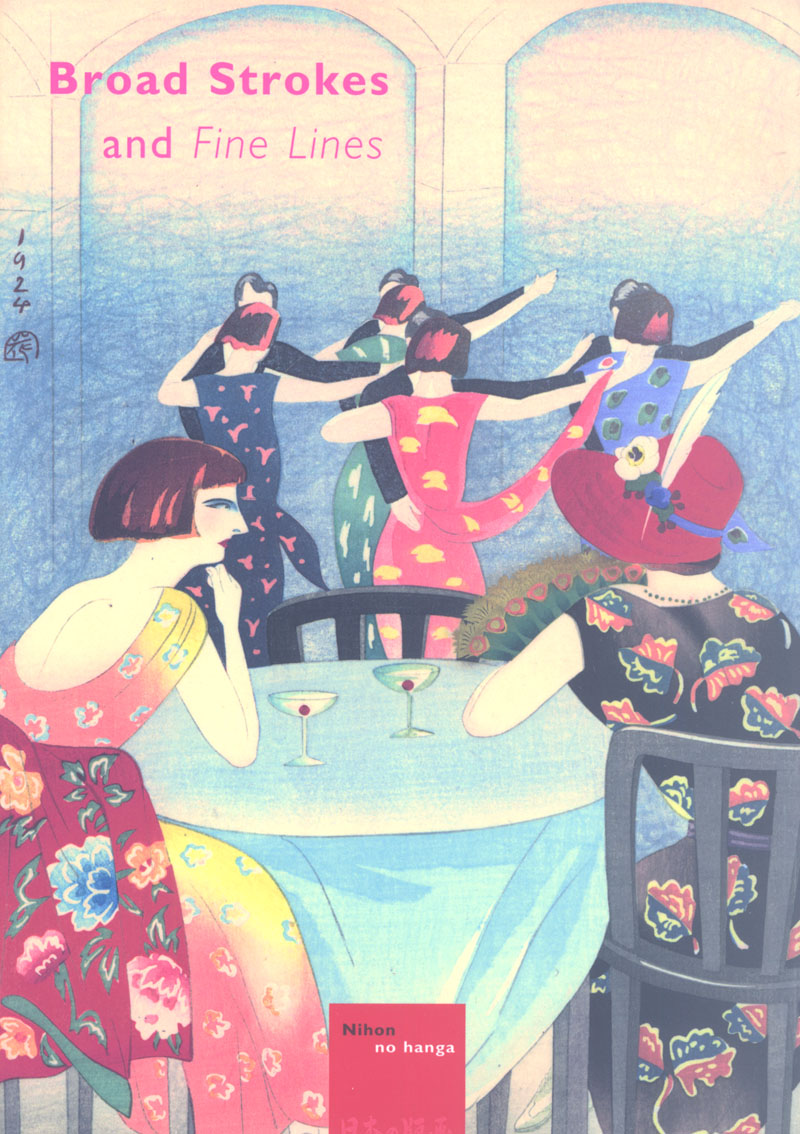1| Preface
-

-
My introduction to Japan dates back to 1984, when, during my first trip, I became enthralled by Japanese culture, traditional architecture, design, and, particularly, two-dimensional art. On this first trip, my husband and I tried to
find examples of Japanese printmaking, but in our ignorance, we returned home with three watercolors. It was not until 1994 when we were directed to specialized dealers in Tokyo, Kyoto, and Nagoya that our collecting began in earnest. Not hindered by any systematic knowledge but learning as we went, and solely driven by our own taste, the hunt was on, not only in Japan, but also in the United States and in the Netherlands.Our initial interest was mainly in the ethereal beauties designed by the major artists of the Shin hanga movement, such as Hashiguchi Goyō, Itō Shinsui, and Torii Kotondo, but soon we were also attracted by the cruder aesthetics explored by the creative artists of the Sösaku hanga movement, such as Onchi Koshirō, Maekawa Senpan, Kawanishi Hide, and many others. The subjects that most appealed to us were the female form and the urban landscape. These subjects reveal remarkable contrasts between, and present a fascinating juxtaposition of, the two artistic movements. I developed a personal love affair with the work of Takehisa Yumeji, an artist who does not quite fit into the Shin hanga/Sōsaku hanga dichotomy, but whose melancholic fin de siècle style attracted me from the beginning.
Now, after twenty years of collecting, the assembly of prints will be opened to a larger audience. By placing the collection in a private museum and securing its existence in the future, I hope to create a place for research and a meeting point for those who, like me, are fascinated by the world of the 20th century Japanese print.Elise Wessels, Director Nihon no hanga